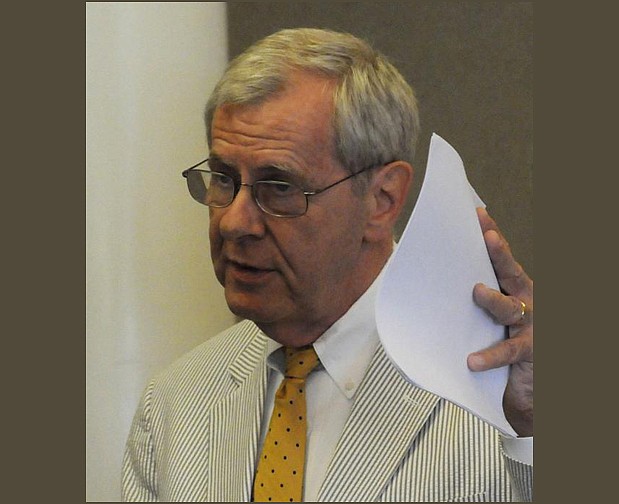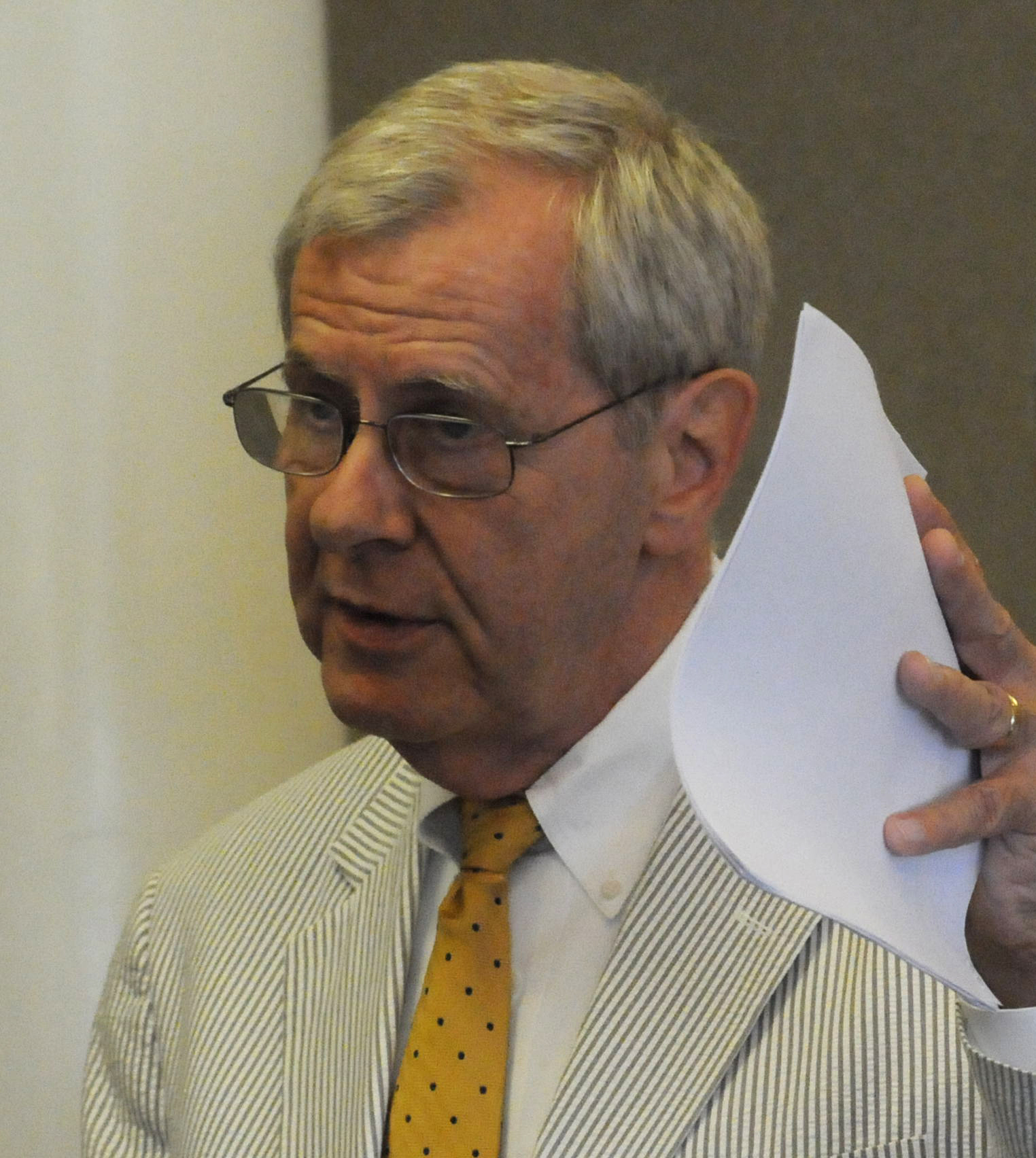What will Chattanooga Mayor Ron Littlefield be remembered for?
The pretty and techno-cool Chattanooga? A series of faulty starts and then the restless recall effort that took much of his energy? Both?
Littlefield, a city planner by trade, inherited the job of putting finishing touches -- and fixes -- on the 21st Century Waterfront.
He also inherited the remaking of the Volunteer Army Ammunition Plant into Enterprise South, which Volkswagen eventually would turn into jobs.
But if Littlefield got the overruns on those tasks, it remains to be former mayor Bob Corker who got the gold star for the waterfront, and Hamilton County Mayor Claude Ramsey who got the crown for Enterprise South and VW.
Yet it is completely fair to say that other companies followed VW on Littlefield's watch.
"It is not an exaggeration to say that we have installed a new manufacturing heart in this old industrial city," Littlefield said Monday in his farewell state of the city address.
The mayor of eight years also touted his work on gateways, streetscapes and technology -- all begun with earlier planners. But what did completely come to fruition on Littlefield's watch was the renaissance of the Southside -- an area pretty much completely ignored while former visionary mayors Jon Kinsey and Bob Corker worked to shape the Aquarium, 21st Century Waterfront and North Shore.
And what Littlefield did with swiftness was accept a way to take hold of stimulus energy money and fund the Office of Sustainability. That, coupled with Dave Crockett's vision, allows Littlefield to take credit for three new LEED-certified fire halls and plans for three more, as well as smart lights coupled with the EPB's push for fiber optics and the wireless mesh network, and some green roofs -- all of which should pay off in the future many times over.
Littlefield also grew the Riverwalk, and did it in a hard-to-attack-the-expenditure way: Alstom said it was a requirement for them to choose Chattanooga as a landing place for its new jobs.
When that greenway extension is complete, it will tie Ross' Landing to Lookout Mountain and open a way to bring the Great Eastern Trail right through Chattanooga, another glittering lure for the city's "outdoors" tourism chest.
But it was on the growing concerns of crime where Littlefield may failed the most, though he blames city council and police unions.
The council, he said, thwarted funding for an anti-gang initiative, and the police unions -- in his view -- have misrepresented his accomplishments for police.
"Don't believe what you hear from the police unions," said Littlefield.
He said that from 2005 to 2013 -- the police budget has increased 56 percent -- a cumulative change of more than $20 million per year even though the tax increase voted by the council during his years raised only $15 million a year.
During his tenure the city trained 200 new police officers, yet there has been a net gain of only 5 officers in the 477-member department since 2005.
Enough said.
After the faulty start of buying the polluted Farmer's Market property for a homeless Taj Mahal only to find that environmental regulators discouraged overnight habitation there, the property finally has become the home of a police precinct and some ancillary homeless help offices. Nearby, the city wellness center sits on another former brownfield site, and the city pays yearly environmental monitoring costs in the tens of thousands of dollars.
What does Littlefield bequeath to incoming Mayor Andy Berke?
A proposed Moccasin Bend Clean Water Authority -- a board not considered as the city tried unsuccessfully to avoid an EPA stormwater fine. Now Littlefield says the board promises to do for regional water and sewer what the Electric Power Board has done for electrical and digital services.
If this was such a good idea, why did the mayor wait until the last few months of his administration to trot it out?
Littlefield also touts the city's public art. He and the council, unfairly, have been criticized in recent weeks over public expenditures for it. In fact, most of the public art was paid for with private money.
But the bottom line is this: Chattanooga's overall image outside of its boundaries is good, and perhaps that is Littlefield's most important legacy. He wasn't the architect of it, but he has been an adequate caretaker.
"Chattanooga is cool and green and growing. No longer dingy and declining. Chattanooga has status as a fast-advancing, youth-attracting, "cool" city. Nothing could be finer," he said.
About that, he's right.

